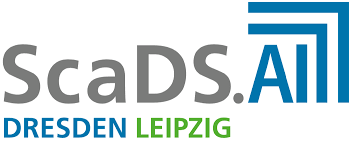Duration
Description
Today’s enterprises strongly support business operations by dedicated information systems (ERP,CRM,…). Such systems keep master data about customers, employees or products but also transactional data about manufacturing, sales or accounting. Especially regarding the latter, enterprises record a huge amount of data traces every day. One can abstract those data traces as data entities with relationships among themselves as well as to master data. Comprehensive analytics of such relationships (e.g. frequent pattern) are promising high analytical value but are not sufficiently possible with traditional business intelligence based on data warehouses. A data warehouse requires a schema which is modeled in advance and tailored for specific analytical goals. As one part of the modeling process, the designer specifies which source relationships will be reflected as relationships between facts and dimensions in the data warehouse. However, data sources typically contain a multiple of relationships than covered in the data warehouse schema. To resolve this issue and to enable new possibilities of relationship-driven business analytics, we investigate alternatives to the data warehouse approach by exploiting the capabilities of graph databases.
The BIIIG Framework
to be updated …

Publikationen (13)
| Dateien | Cover | Beschreibung | Jahr |
|---|---|---|---|

|
2014 / 9 | ||

|
Petermann, A.
; Junghanns, M.
; Müller, R.
; Rahm, E.
5th Workshop on Big Data Benchmarking (WBDB 2014), LNCS 8991, 2015
|
2014 / 8 | |

|
Petermann, A.
; Junghanns, M.
; Müller, R.
; Rahm, E.
5th International Workshop on Graph Data Management (GDM 2014)
|
2014 / 3 |




